What is Inshore & Near Shore Fishing
Nearshore takes place in the Atlantic Ocean that reside near shore or a short distance from the beach – less than 8 miles but usually 300 yards to 3 miles. The first few miles of warm, fertile waters of the near shore are some of the most bountiful in all of the Outer Banks and can be fished on 1/2 day trips
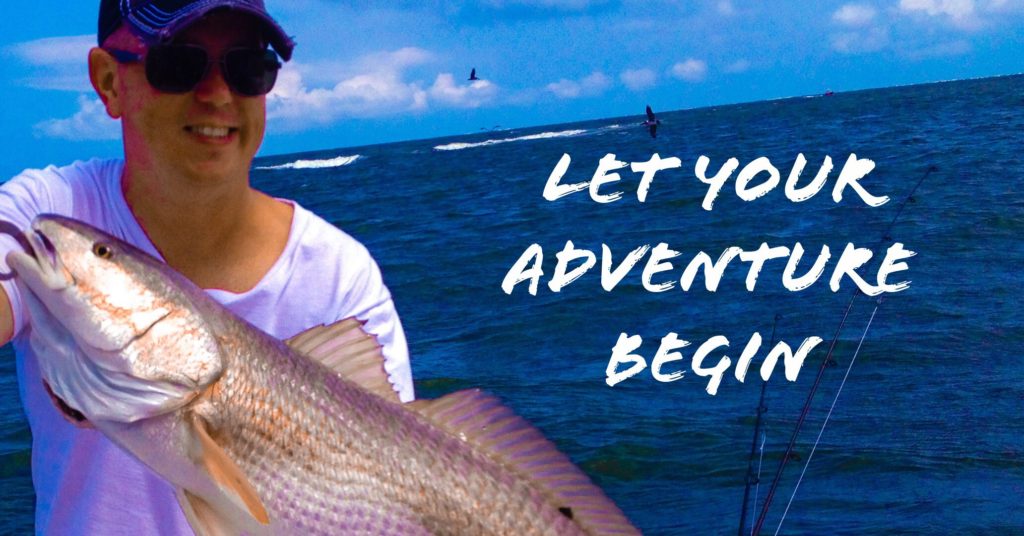
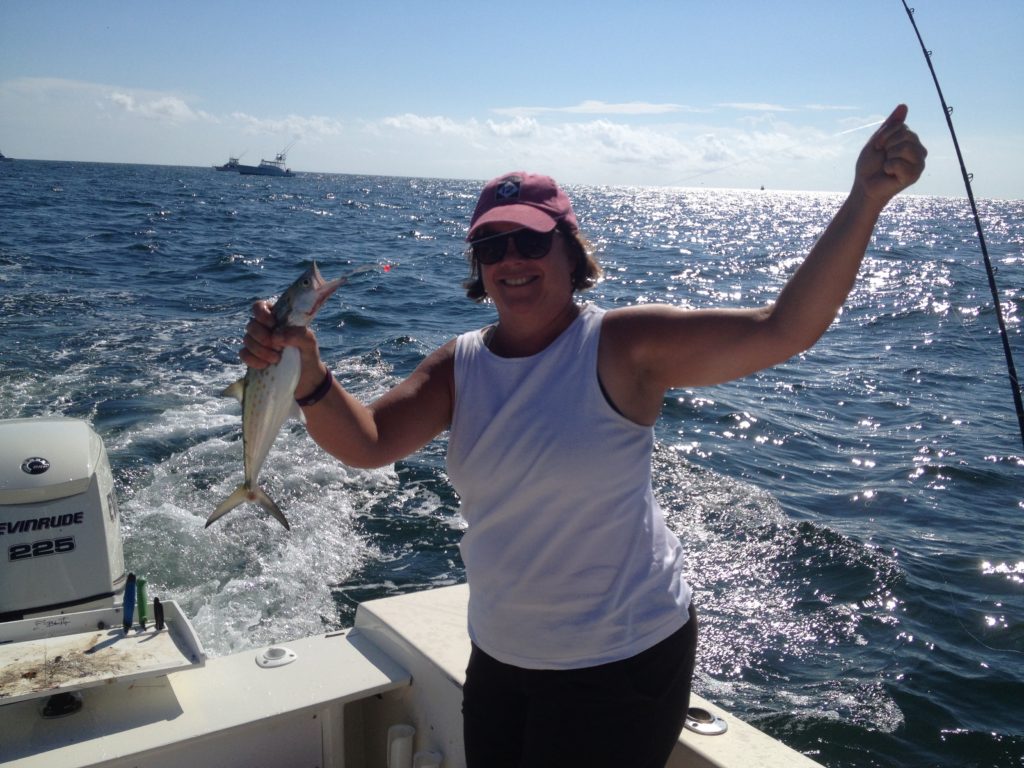
Fish of all shapes and sizes call these waters home. near shore OBX fishing trips are not deep sea fishing trips, but don’t for a moment think this has any impact on the quality or quantity of fish caught. near shore Fishing produces some of the most active and consistent fishing that the OBX has to offer.
Catches of over a dozen different species ranging from King and Spanish Mackerel, Cobia, Red Drum, Amberjack, Stripers ,Blues, and yes, an assorted variety of Sharks (Bulls, Tigers, Spinners and Blacktips) are not unusual. Many of these fish average over 20 lbs and can run in excess of hundreds of lbs as in the case of the mighty Sharks. Bait selection will vary widely to include both live and artificial baits used in a variety of ways

When fishing the near shore wrecks and sloughs around Oregon Inlet , we will typically cast or troll live and artifical baits above or bottom drop baits to the wreck and/or reef floor for Cobia, Shark, and Amberjack and many more species frequent these marine habitats and can also be coerced into swimming up to the surface right next to the boat and take a bait. Nothing could be more exciting than to see a school of reef dwelling fish swim up and eat your offering and blaze your reel’s drag on its way back down to its home on the reef floor! From live baiting for speedy pelagic, to playing tug-o-war with a Shark, or Reef Donkeys, there is something lurking on or above the near shore wrecks and reefs.
Inshore fishing
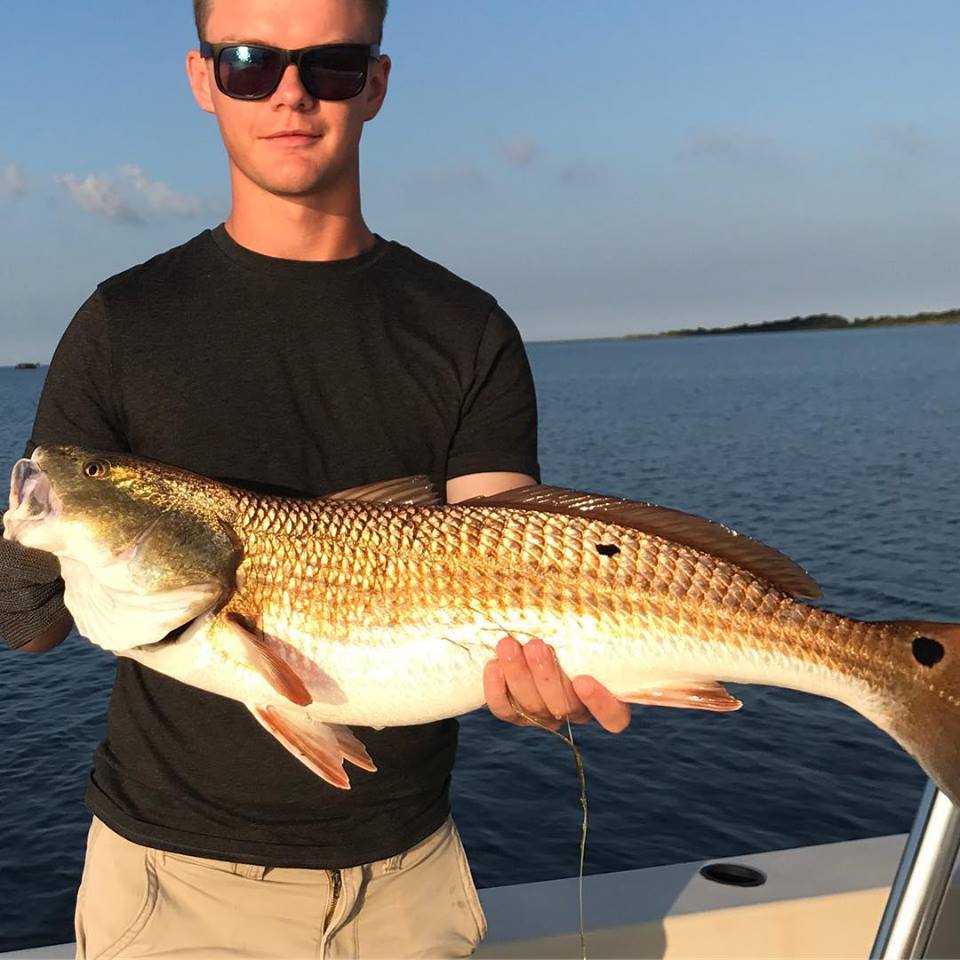
It refers to the creeks, estuaries, salt marshes and tributaries and also where the Pamlico Sound meets the Atlantic Ocean and also the Oregon Inlet bridge crosses over the inlet and offers a wide array of angling action. It attracts a lot of fish like Sheepshead, Red drum, Gray Trout, and many others. Bull Red Drum, Speckled Trout, Flounder and Striped Bass are some fish pursued.
Live bait, Artificial, and Fly Fishing is available depending on how you and your party wish to Angle.
The boats tower and electronics also becomes important for spotting Red Drum & Cobia on the grass flats as well as the ocean. The weather and tides play a major role in fishing conditions but there is always somewhere to catch fish even on windy days
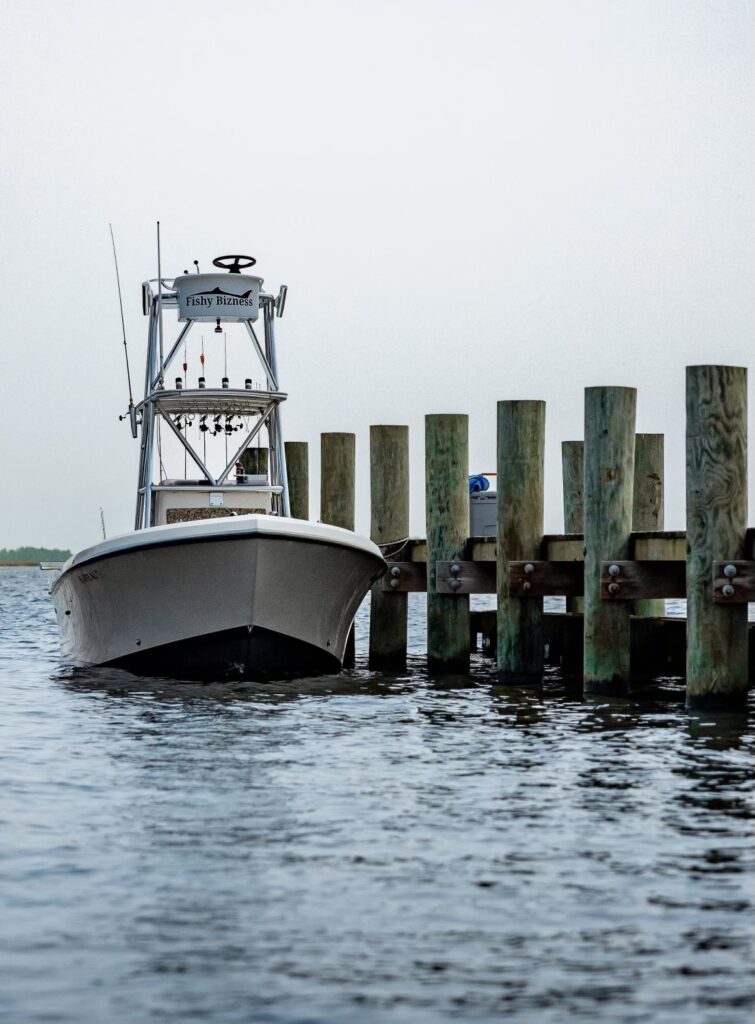
The availability of near shore species is all about the seasons, water temperature, and fish migrations. Feel free to contact Capt. Frank to find out what species are usually available during your planned travel time, or to find out what the best time is to target the species you are most interested in.
Here is some of what we catch Inshore & Nearshore around the Nags Head area
Red Drum
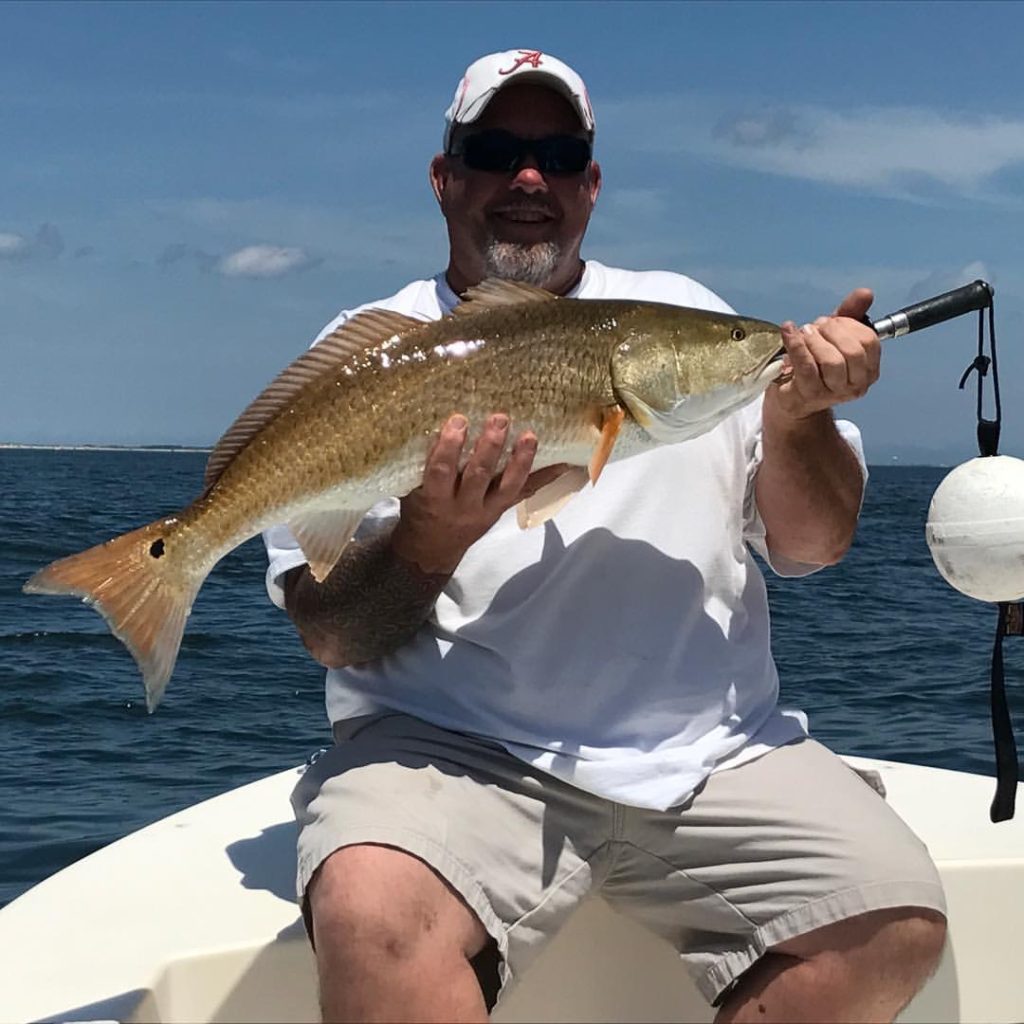
They grow to be quite large and can only be kept inside the smaller slot limits. Available spring summer and fall , Red Drum are one of the most popular species to target.
SPECKLED TROUT
Speckled Trout are one of our most sought after fish we get after. They love topwater lures a small jigs under popping corks. the are great fighters and very tasty. We fish for them around shallow grass flats and tidal creeks.

Bluefish

The Bluefish. He is one bad and mean fish. he never gives up. tears up lures, nets, and anything else that gets in his mouth. Adult bluefish are strong and aggressive, They are fast swimmers which prey on schools fish, and continue attacking them in feeding frenzies
Flounder
Anglers catch flounder using live fish, such as finger mullet, on a single-hooked rig and artificial lures. flounder are caught under bridges and docks and in the nearshore ocean. Fishermen plug for flounder with jigs along soundside marshes. They make for great table fare and are generally caught also spring summer and fall.
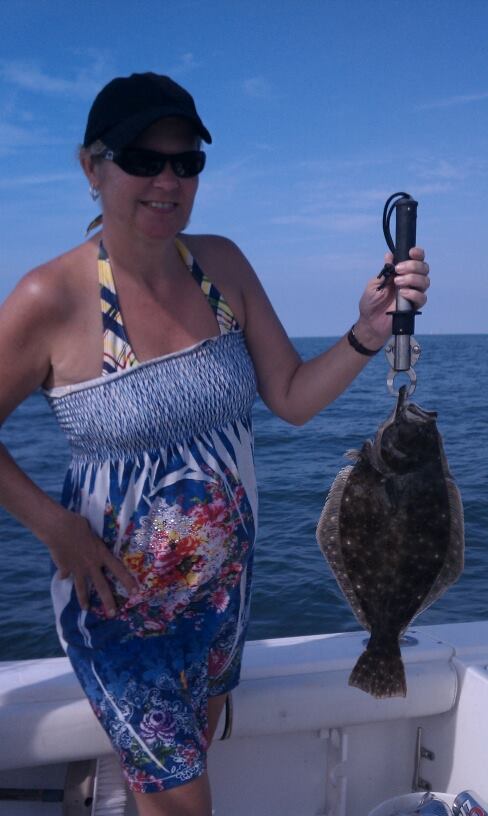
Cobia
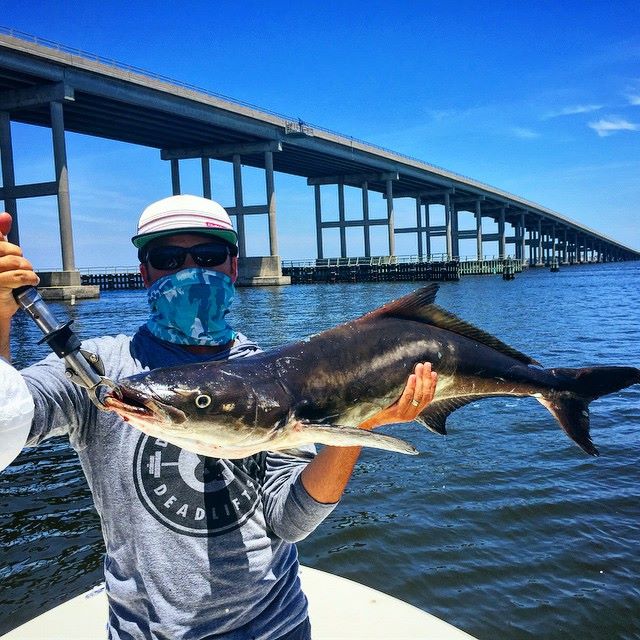
Sight fishing and live bait with chum. Cobia are pursued in the Atlantic Ocean and Oregon Inlet. These fish are tops on the list as the first Big Fish to catch in the spring. With big schools of them showing up around May and June and remain throughout the summer. 30lbs to as much as 60lbs are not uncommon.
Striped Bass, AKA ROCK
They are caught all year and grow up to 50lbs. Large schools are present in the Albemarle Sound, and Roanoke River Basin in the fall winter and spring. This area is also known as the ROCKFISH Capital of the World.
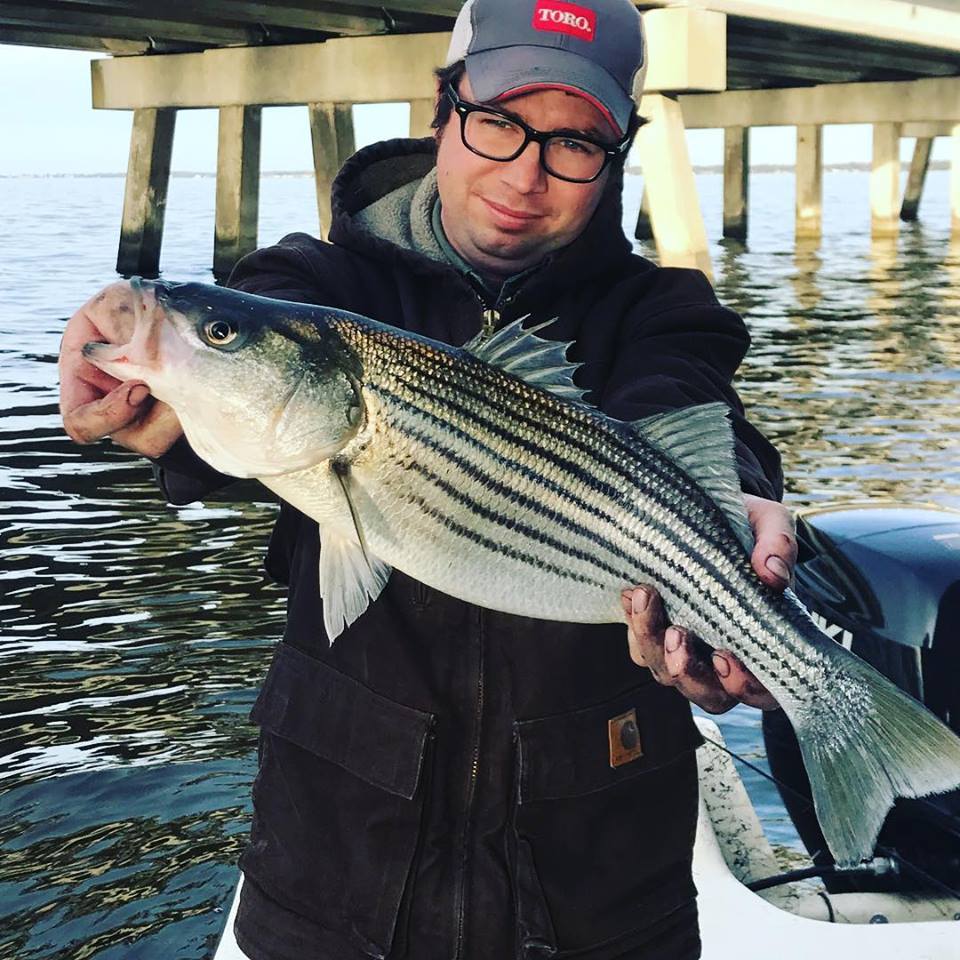
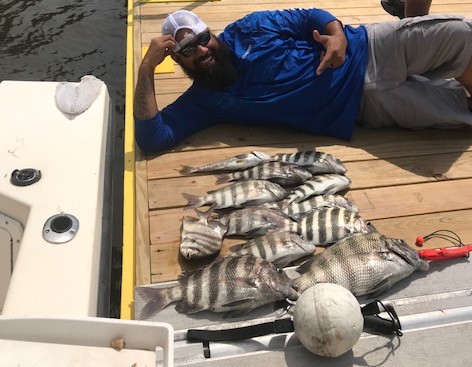
And good ole eatn fish like like Southern kingfish, Trigger Fish, Sheepshead. Croakers. and Spots and more.